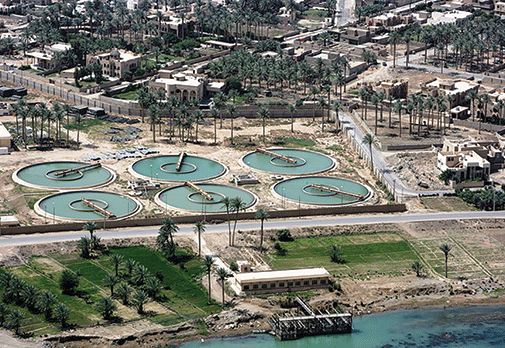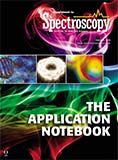Photonics Applications in Environmental Sciences
Special Issues
Several spectroscopic measurement techniques are proving to be very effective and versatile for environmental applications.
Ecosystems around the world face growing threats from industrialization, growing populations, and increasing urbanization. Not surprisingly, researchers, scientists, and governments are investigating tools for monitoring and preventing these environmental hazards. As all sorts of industries advance in the global marketplace, the need for ecological monitoring technology advances as well. Several spectroscopic measurement techniques are proving to be very effective and versatile for environmental applications.
Contamination monitoring
Researchers with the Institute of Solar Energy at the Technical University of Madrid, Spain, trust the Avantes AvaSpec-2048-USB2-UA in their research into the use of high-powered UV LEDs as an excitation source for continuous-use fluorescence testing. LED technology has advanced recently, making these cost effective bulbs an appealing alternative. Traditional incandescent mercury bulbs produce a large amount of heat compared to LEDs, which, combined with their short life, make continuous use impossible.
These scientists are working to bring real-time, continuous monitoring for hydrocarbon pollution to fruition, using LEDs instead of traditional bulbs.
Water treatment
The Avantes AvaSpec-ULS2048-USB2 is trusted by researchers at the Solar Energy Research Center and Chemical Engineering Department of the University of Almeria, Spain, in the study of LED light sources for tertiary wastewater treatment processes.
Tertiary treatment is the final stage of wastewater treatment that removes lingering inorganic compounds and other substances such as nitrogen and phosphorous. This photocatalytic process, employing UVA radiation at 365, 385, and 400 nm, is the photo-Fenton reaction in which radiation causes a rapid reaction between hydrogen peroxide and iron.
Historically, the photo-Fenton reaction relied on solar radiation as the source of catalytic radiation, but weather conditions and solar cycles make artificial illumination an attractive alternative. Recently, this has been accomplished using mercury lamps, which have a limited lifespan and high cost associated with them. The Spanish researchers are testing the effectiveness of newly available LED light sources for UV radiation with positive results. LED bulbs are less expensive than traditional incandescent bulbs and have a longer life span.

Figure 1: Water treatment
Oceanographic research
The world's oceans produce more than half of the oxygen in our atmosphere. Protecting our oceans is vital, and researchers are increasingly using spectroscopy to monitor the health of the world's seas and oceans.
A group of researchers studying ocean and coastal waterways has been developing models to anticipate intense phytoplankton blooms using irradiance spectroscopy. These harmful blooming events adversely affect ecosystems and human health as well. Using unmanned aerial vehicles fitted with an Avantes dual-channel spectro-radiometry solution covering 360 to 1000 nm, the team was able to derive fine-resolution spectral data and obtain timely information on bloom magnitude, making spectral bloom monitoring during algal bloom season a possibility.
References
(1) J.A.S. Pérez et al., Photoch Photobio Sci, 16, 72–78 (2017).
(2) F.J. Arques-Orobon et al. Sensors (Basel) 16 (3) , 293. (2016).
(3) S. A. Khan, M. Ibrahim, et. al., J Chem-NY, 2013, (2013). doi:10.1155/2013/894020.
(4) S. Shang et al., Remote Sens Environ, 198, 85–94, (2017).

Avantes USA
500 S. Arthur Ave., Unit 500, Louisville, CO 80027
tel. +1 (303)-410-8668
www.avantes.com

New Study Reveals Insights into Phenol’s Behavior in Ice
April 16th 2025A new study published in Spectrochimica Acta Part A by Dominik Heger and colleagues at Masaryk University reveals that phenol's photophysical properties change significantly when frozen, potentially enabling its breakdown by sunlight in icy environments.
Advanced Raman Spectroscopy Method Boosts Precision in Drug Component Detection
April 7th 2025Researchers in China have developed a rapid, non-destructive Raman spectroscopy method that accurately detects active components in complex drug formulations by combining advanced algorithms to eliminate noise and fluorescence interference.